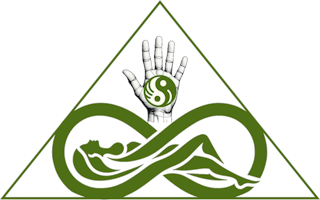Conservative Treatment for Hip Labral Tears
Conservative treatment for a hip labral tear typically focuses on reducing pain, improving hip function, and preventing further injury. It’s important to consult with a healthcare professional or physical therapist for a personalized treatment plan, as individual cases may vary. However, some common exercises and techniques used in conservative treatment for hip labral tears include:
- Range of motion exercises: Gentle stretching and mobility exercises can help improve flexibility and reduce pain in the hip joint. Examples include hip circles, ankle pumps, and knee-to-chest stretches.
- Strengthening exercises: Strengthening the muscles around the hip joint can help stabilize the joint and reduce stress on the labrum. Common exercises include:
- Clamshells
- Glute bridges
- Side-lying leg lifts
- Hip abduction exercises
- Seated hip flexion
- Standing hip extension
- Core exercises: Improving core stability can help to support the hip joint and reduce strain on the labrum. Examples of core exercises include:
- Planks
- Dead bugs
- Bird dogs
- Supine leg lifts
- Balance and proprioception exercises: These exercises can help improve coordination and stability, reducing the risk of further injury. Examples include:
- Single-leg stands
- Single-leg squats
- Lateral step-ups
- Manual therapy: A physical therapist may perform manual therapy techniques, such as soft tissue mobilization, to help reduce pain and improve joint mobility.
- Activity modification: Avoiding or reducing activities that exacerbate hip pain can help support recovery. This may include modifying exercise routines or seeking alternative forms of low-impact exercise, such as swimming or cycling.
Remember, it’s crucial to consult with a healthcare professional or physical therapist to receive a personalized treatment plan and guidance on the appropriate exercises and intensity for your specific condition.
